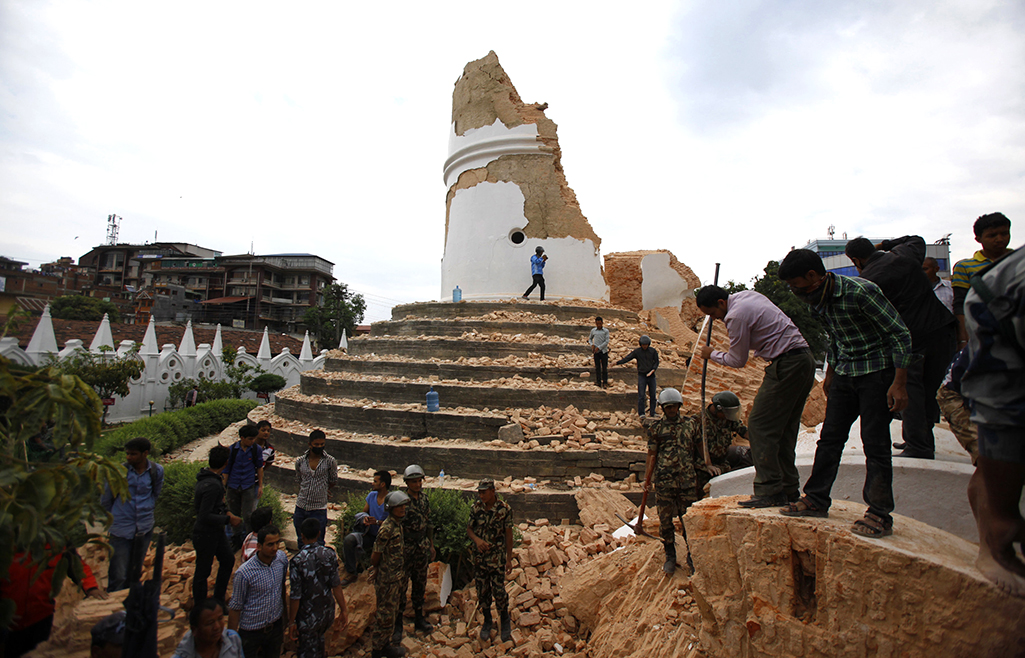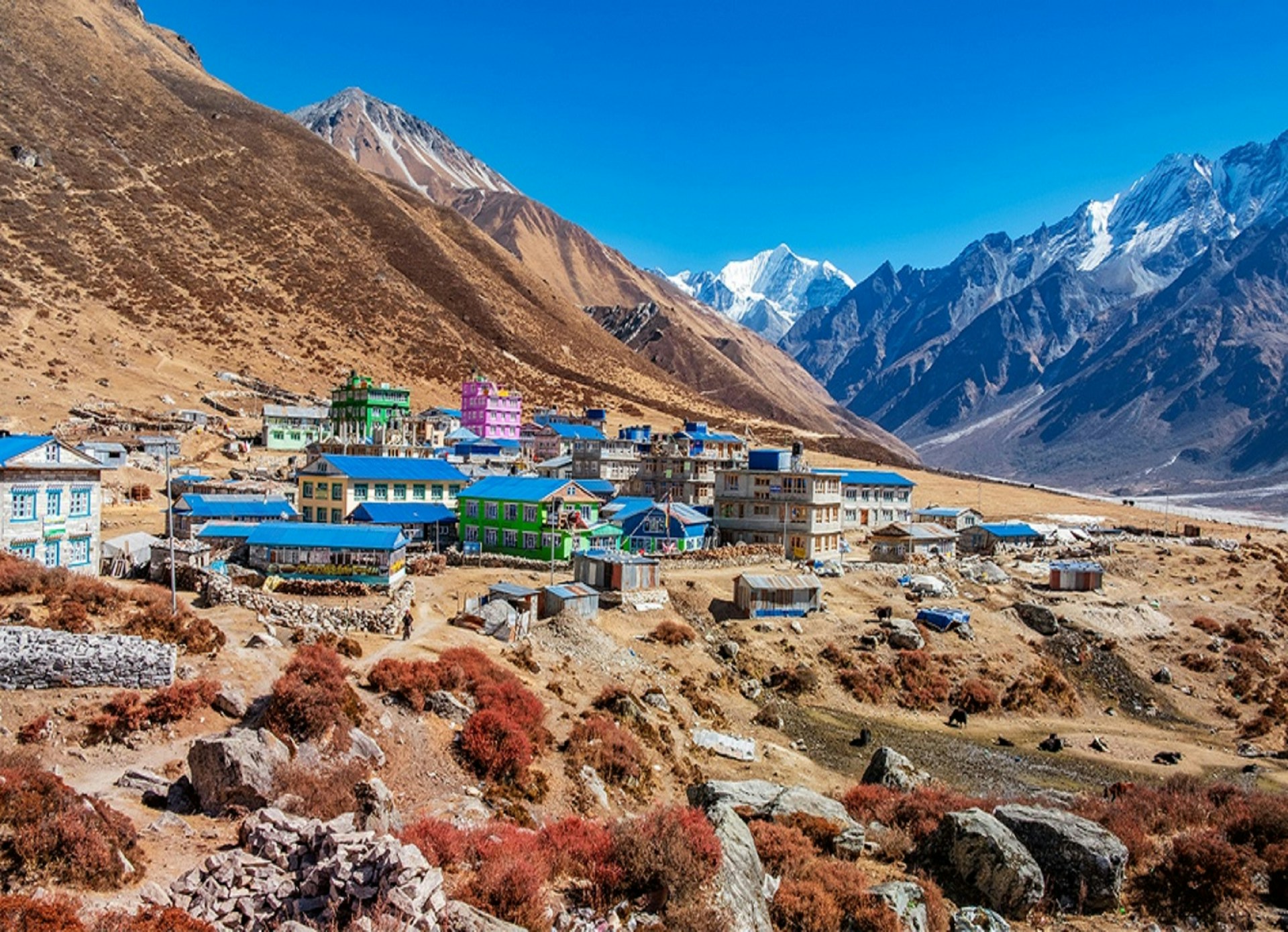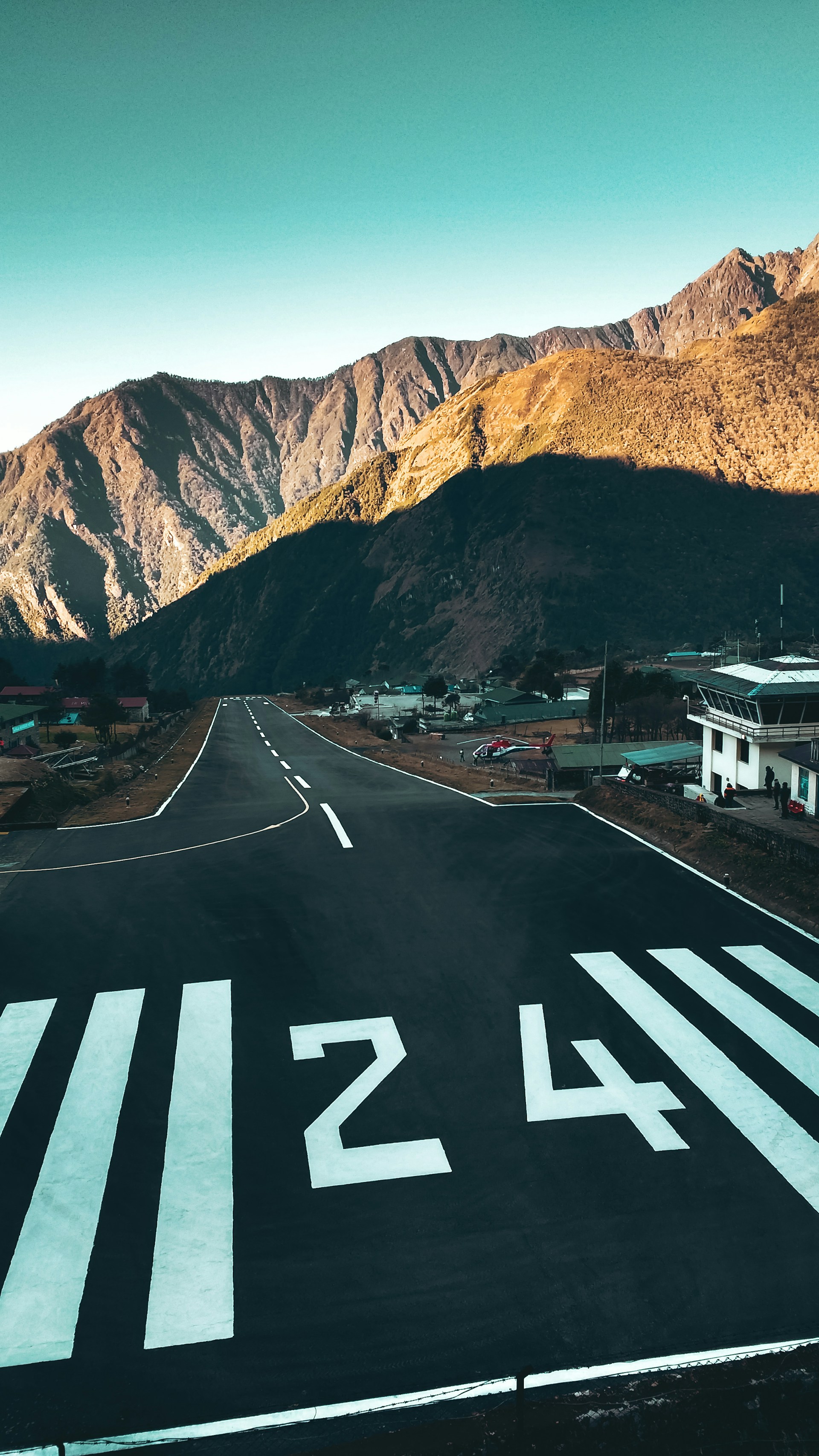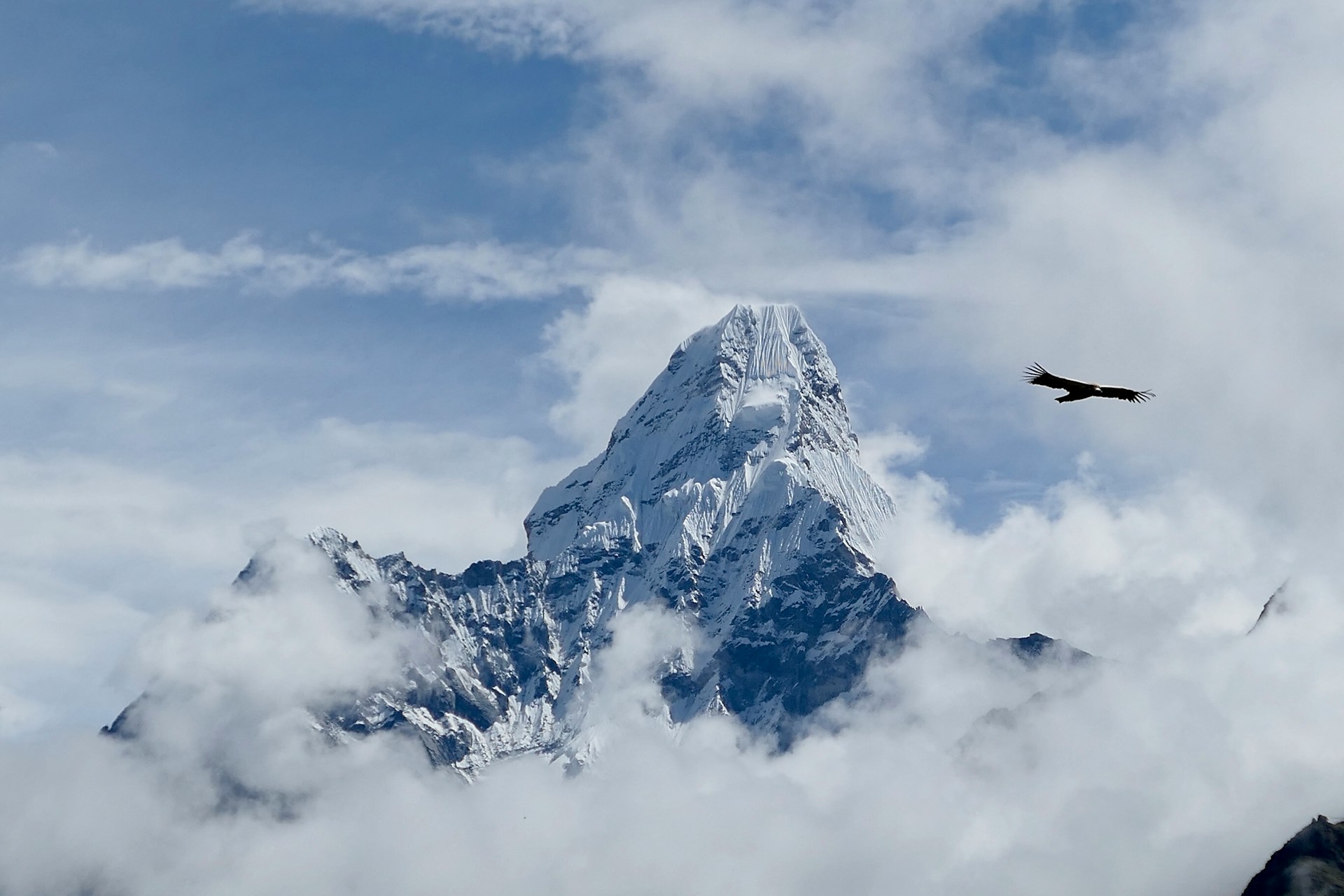Travel insights after the recovery
On April 25, 2015, Nepal was struck by one of the most powerful earthquakes in its history - the strongest since the 1934 Bihar Earthquake. The disaster took the lives of approximately 8,500 people, left thousands injured, homeless, and displaced, and caused significant destruction to cultural heritage sites and trekking routes.
In Everest, 18 climbers lost their lives, and in Langtang, an entire village was buried under landslides, leading to devastating losses. The tremors continued for months, with a powerful aftershock hitting just 15 days later.
The Road to Recovery: Nepal’s Resilience and Reconstruction
Thanks to national and international donations, relief efforts, and reconstruction initiatives, Nepal began rebuilding quickly. Even two years after the earthquake, restoration work remained ongoing, particularly in heritage sites and remote villages.
Is It Safe to Travel to Nepal After the Earthquake?
By 2017, all major trekking routes had reopened, including:
While some villages were still rebuilding, the trails remained safe and well-maintained for trekkers and adventure seekers.
Which Areas Were Affected?
The hardest-hit areas were northeast of Kathmandu, including districts such as Sindhupalchowk, Gorkha, and Dhading. Many of Kathmandu’s centuries-old heritage sites were also impacted.
However, key travel destinations like:
✔ Pokhara
✔ Lumbini
✔ Chitwan
remained completely unaffected and open for visitors.
Despite the destruction, Nepal’s spirit remained unbreakable, and communities came together to restore homes, schools, and cultural landmarks.
Why Your Visit to Nepal Matters More Than Ever
What hurt Nepal more than the earthquake itself was the drop in tourism. As a country that heavily depends on visitors, the decline in travelers had a direct impact on local businesses, trekking guides, and rural communities.
When you travel with us in Nepal, you help rebuild lives by supporting local guesthouses, restaurants, trekking staff, and small businesses. Your trip contributes directly to economic recovery and helps Nepalese communities get back on their feet.
Final Thoughts: Nepal is Open and Welcoming Travelers
Despite the devastation of the 2015 earthquake, Nepal remains the same breathtakingly beautiful country, with warm, hospitable people eager to welcome visitors. Whether you’re here for trekking, cultural exploration, or adventure sports, Nepal is safe and more ready than ever to offer incredible experiences.
Thinking of visiting Nepal? Now is the time to go.
Recent Blog Posts
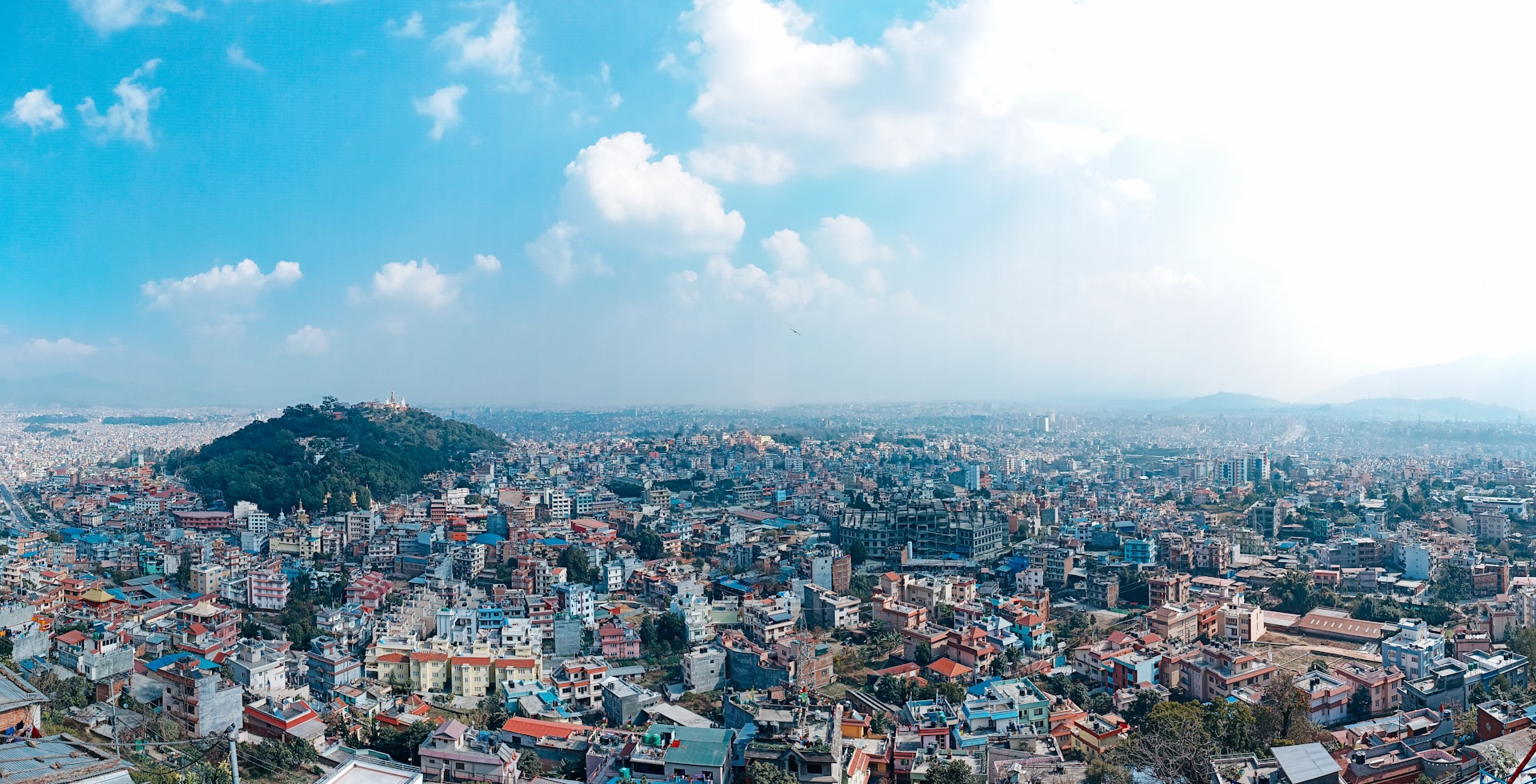
Kathmandu Valley: Exploring the Capital of Nepal
Jun 15, 2025
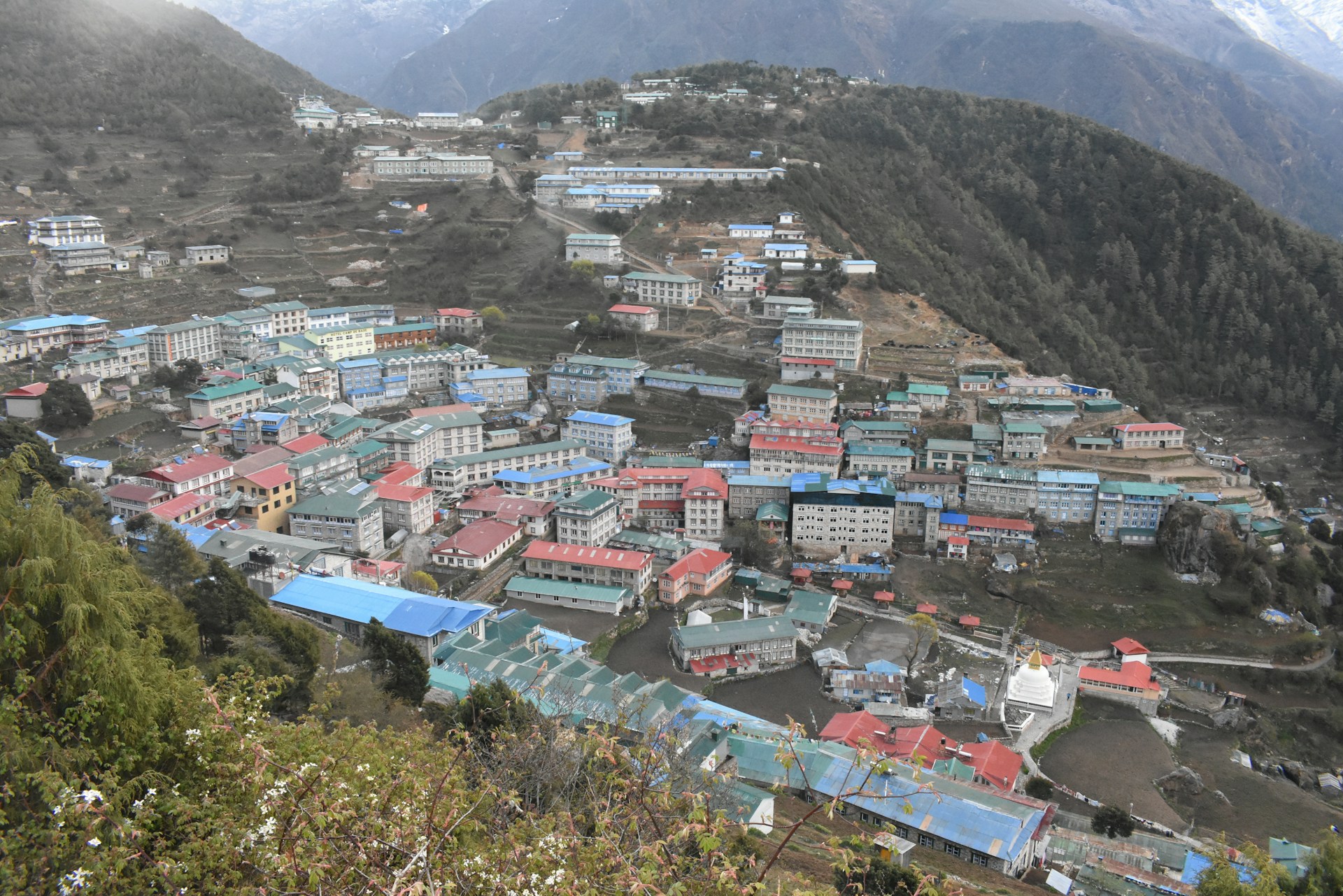
Namche Bazaar: What to Expect in the Sherpa Capital
May 20, 2025
